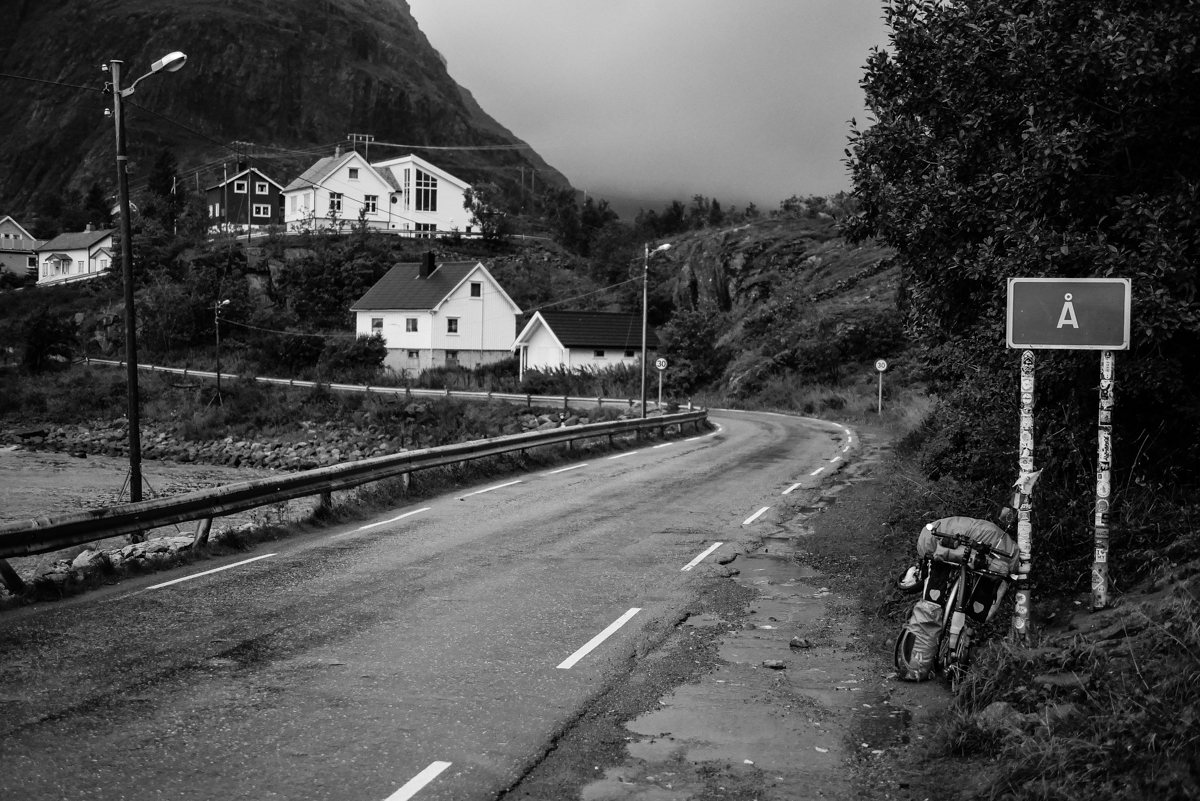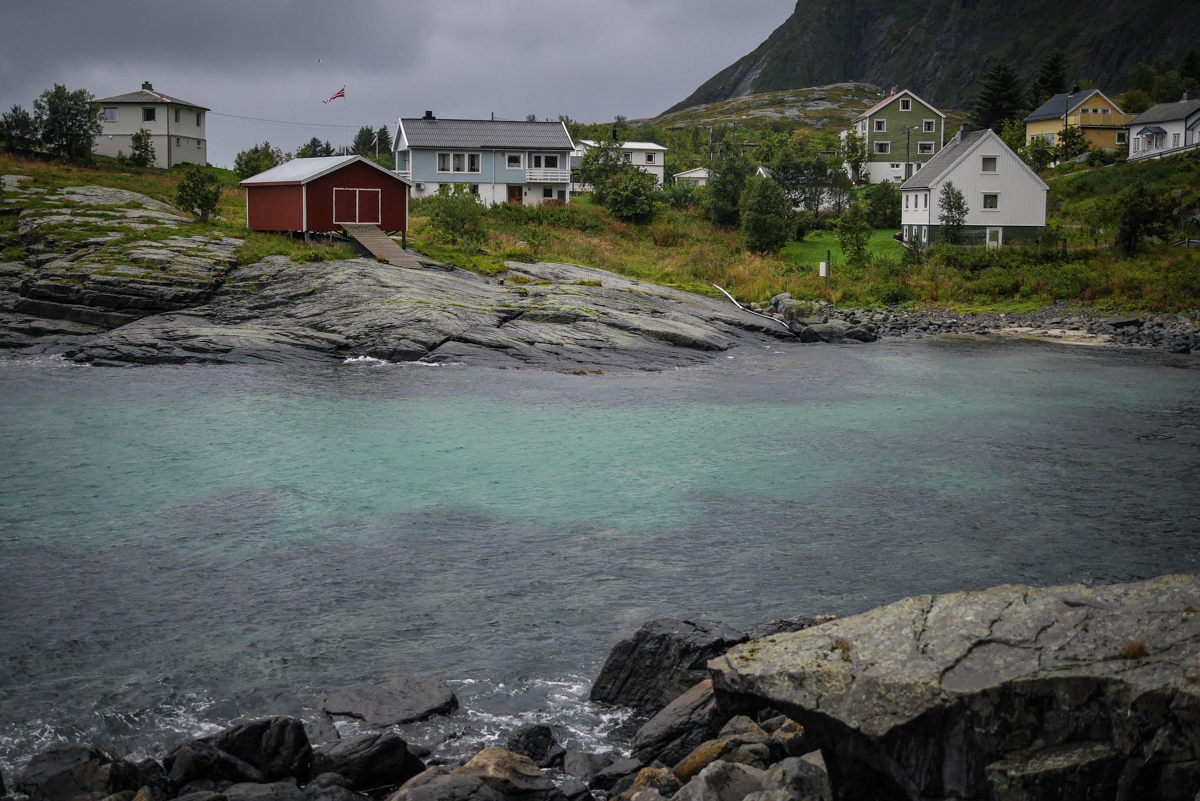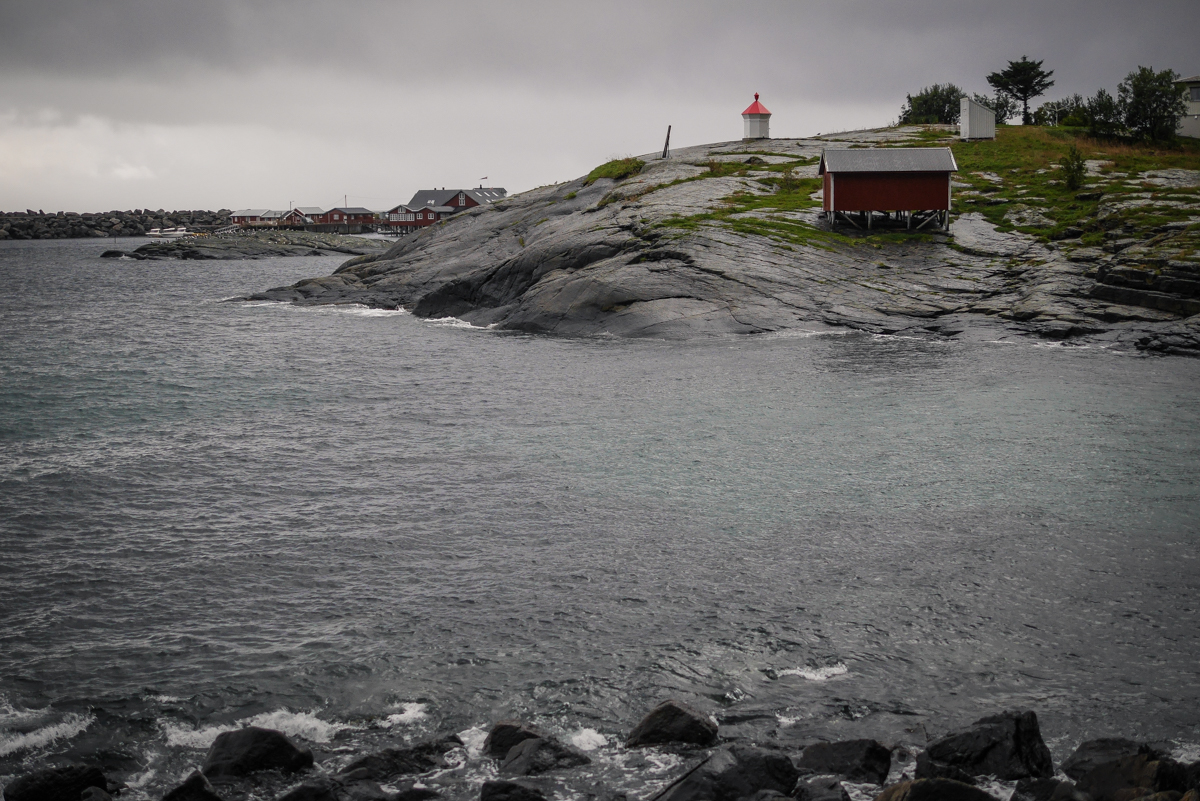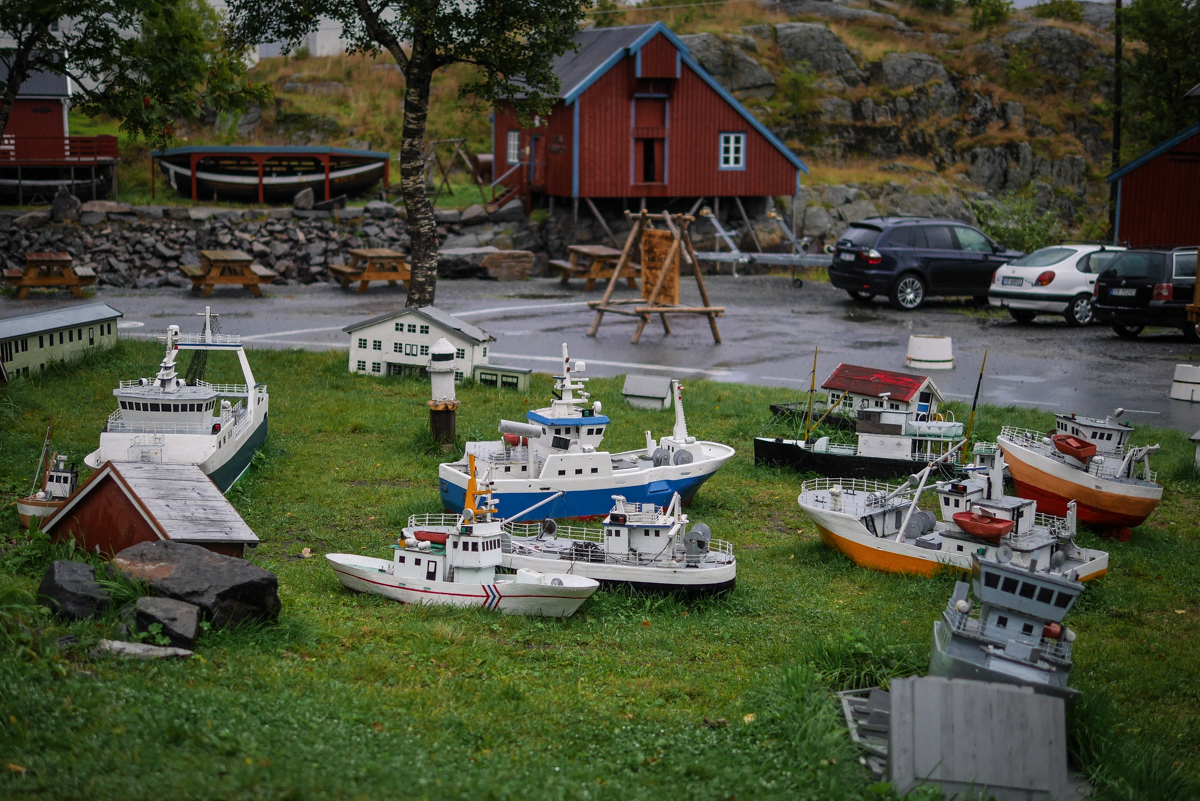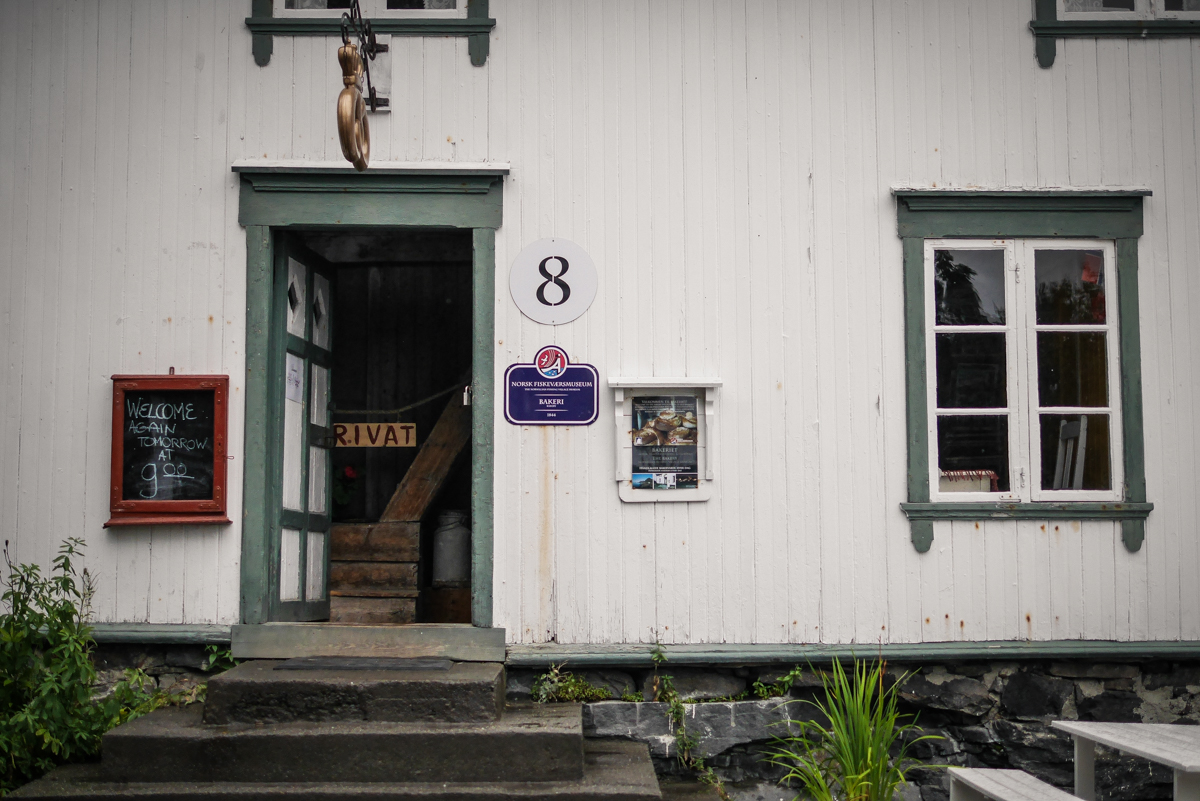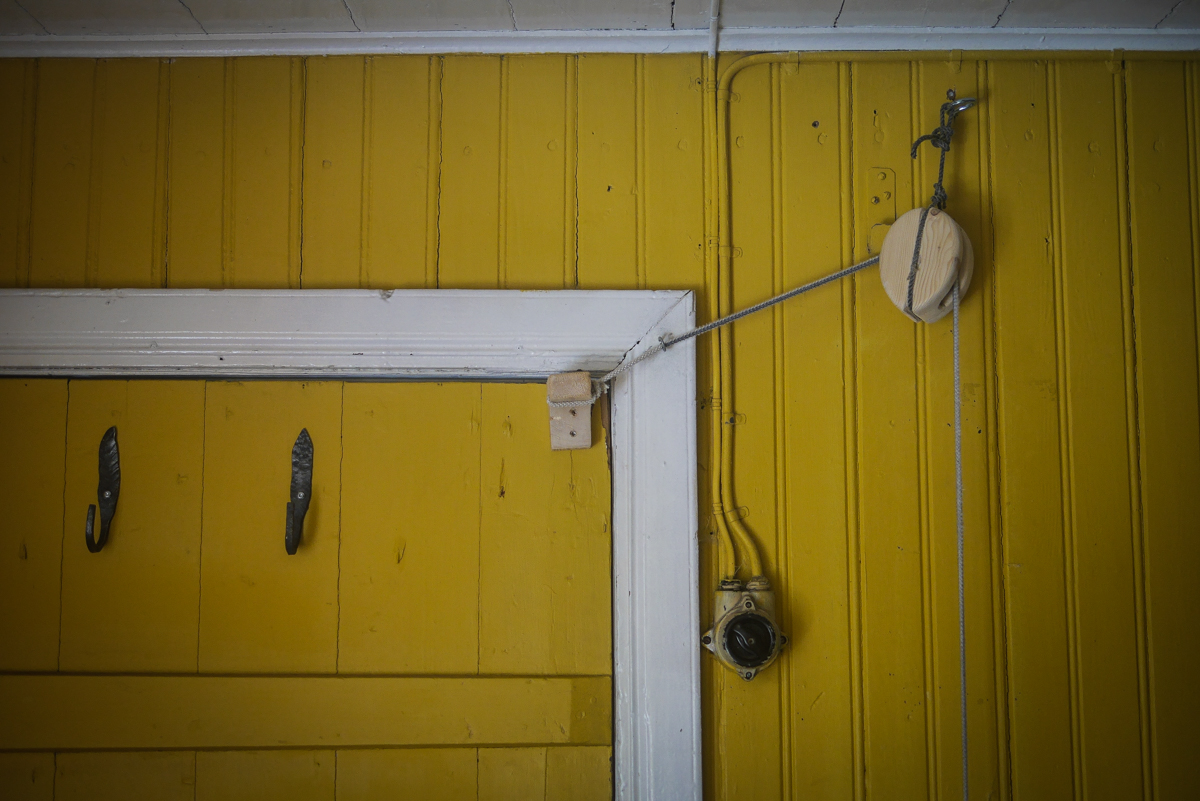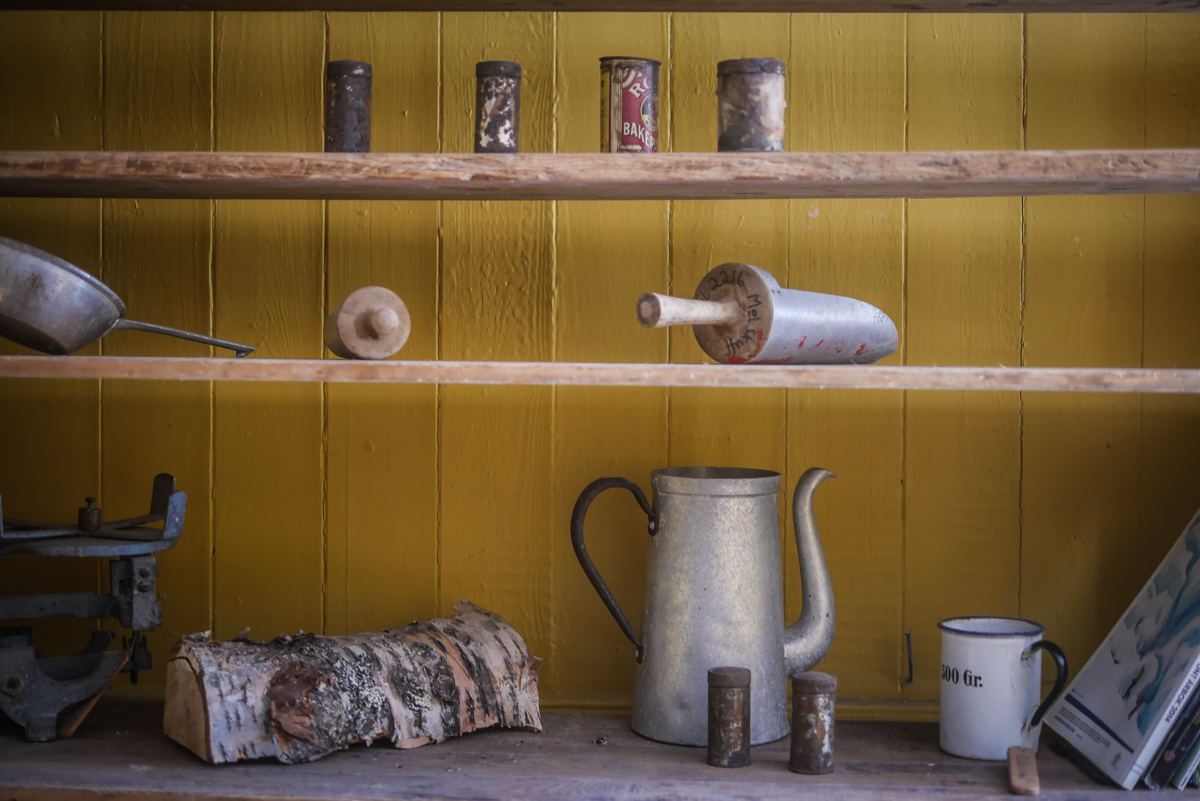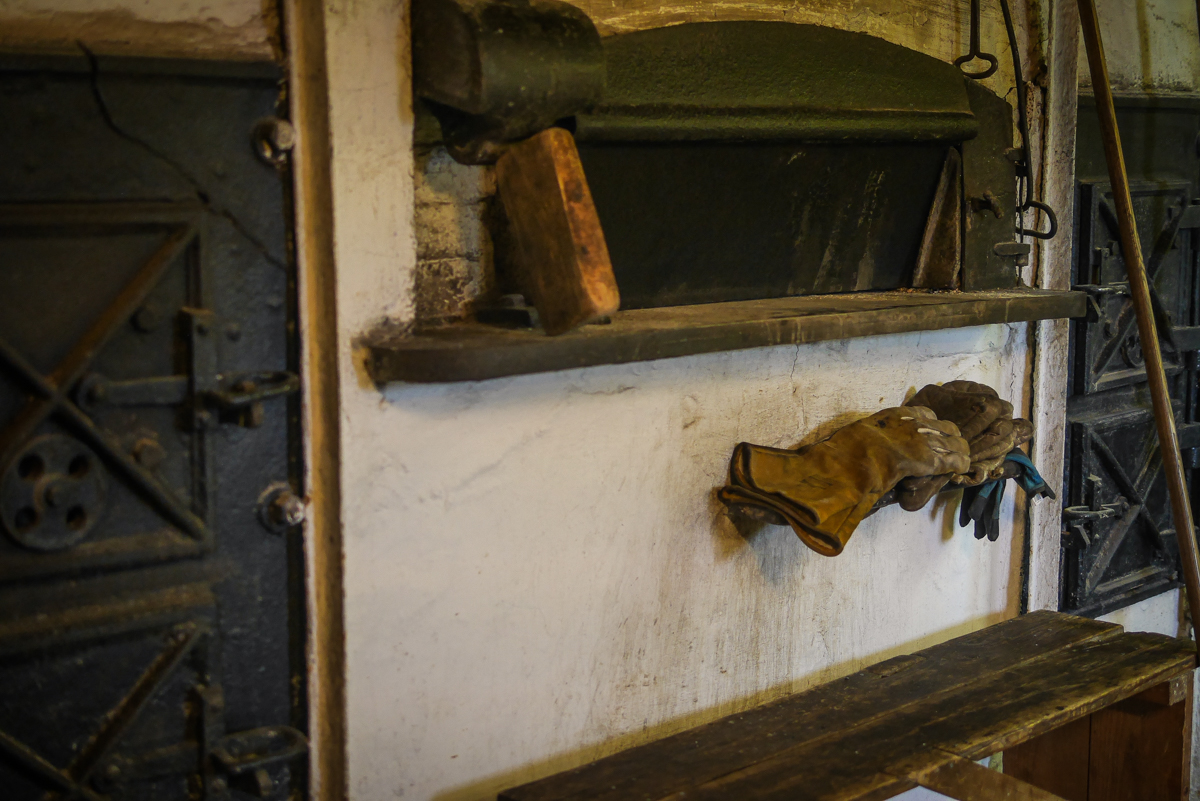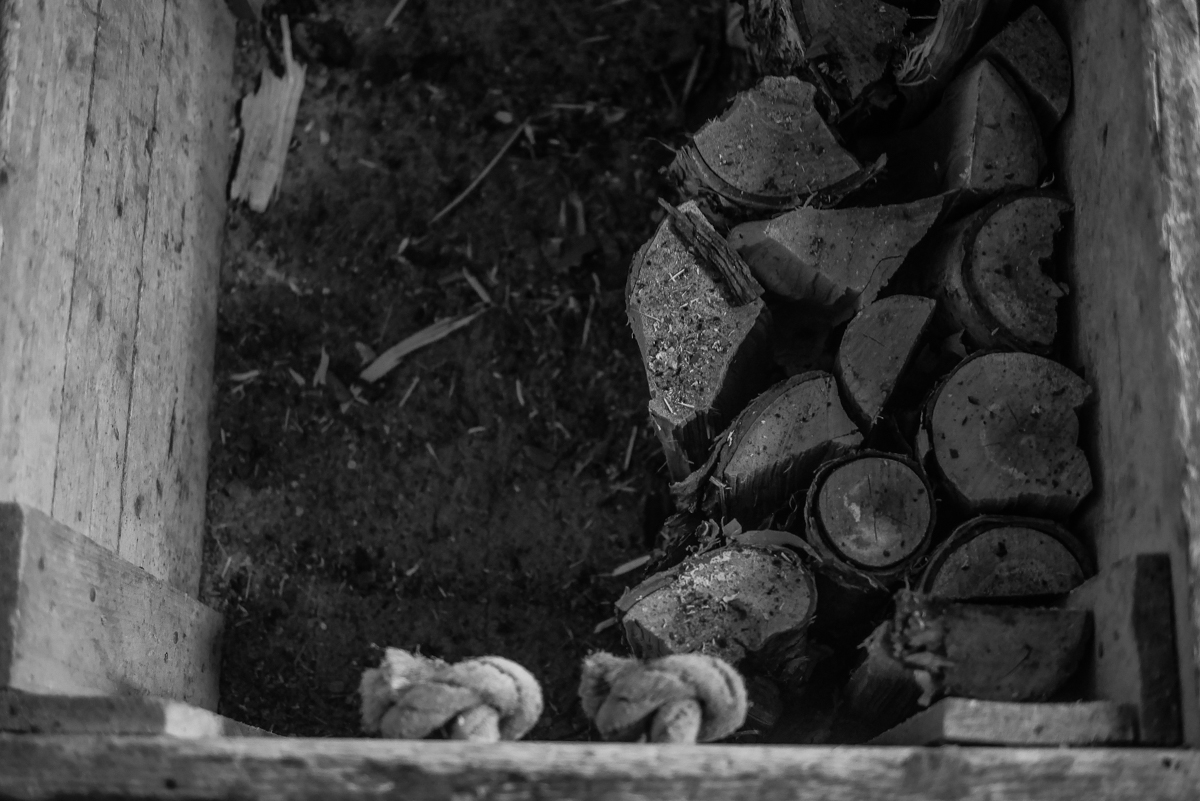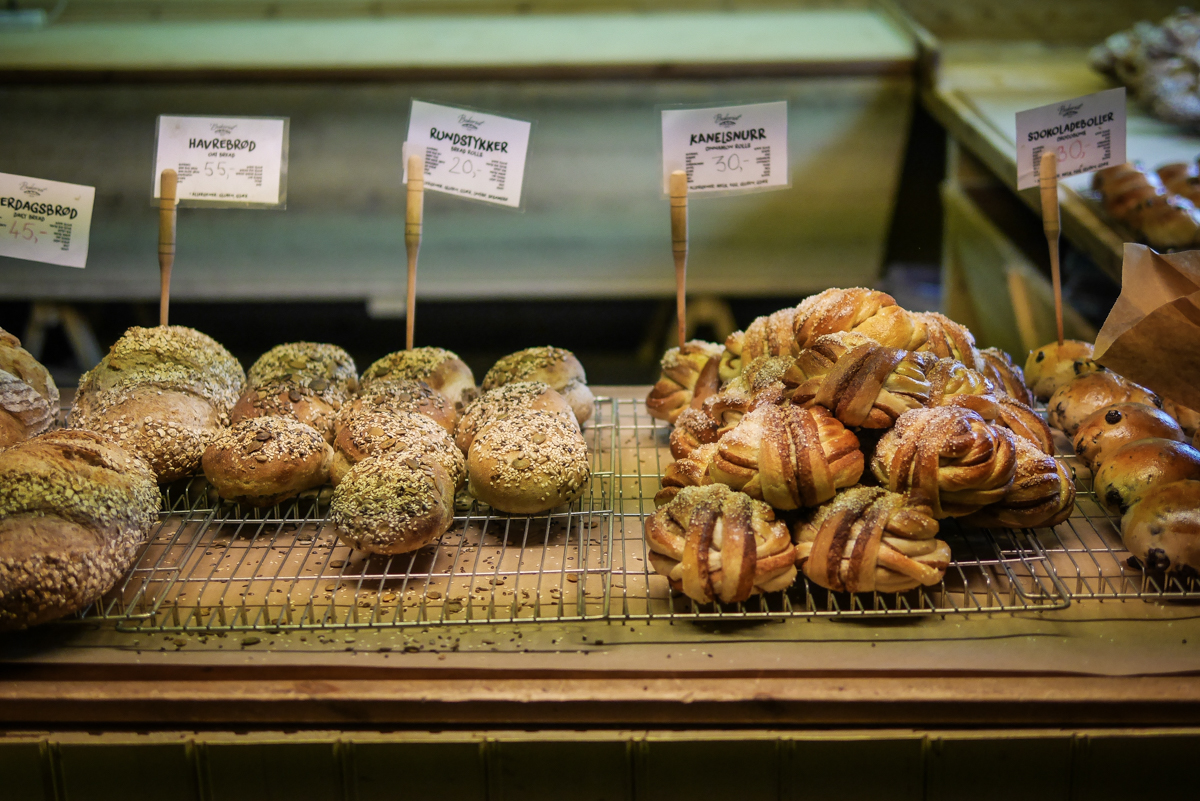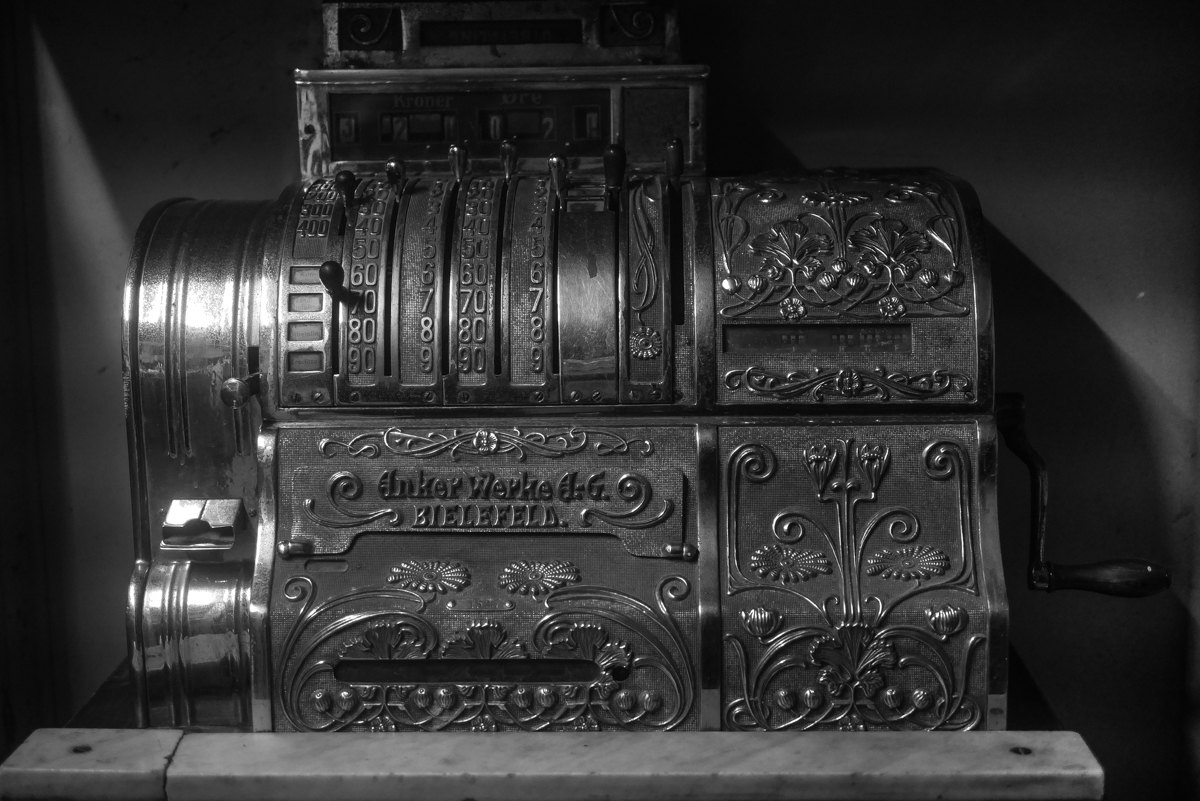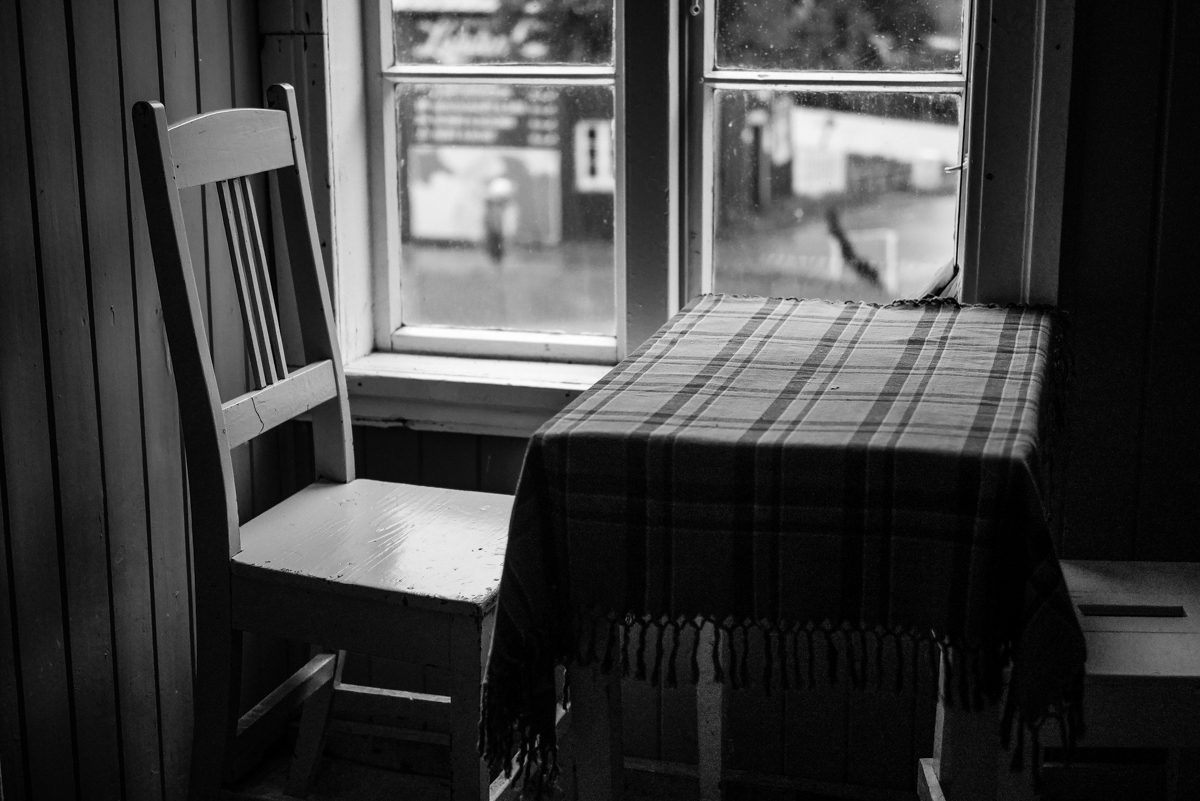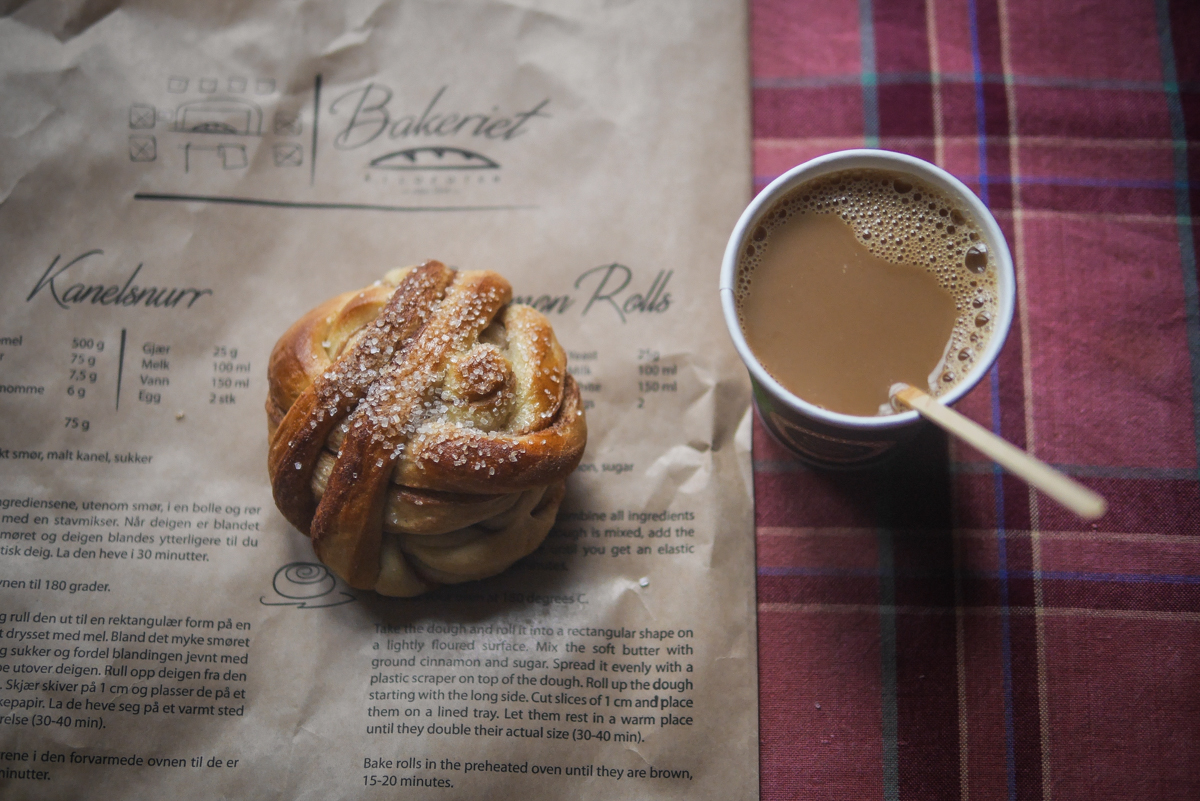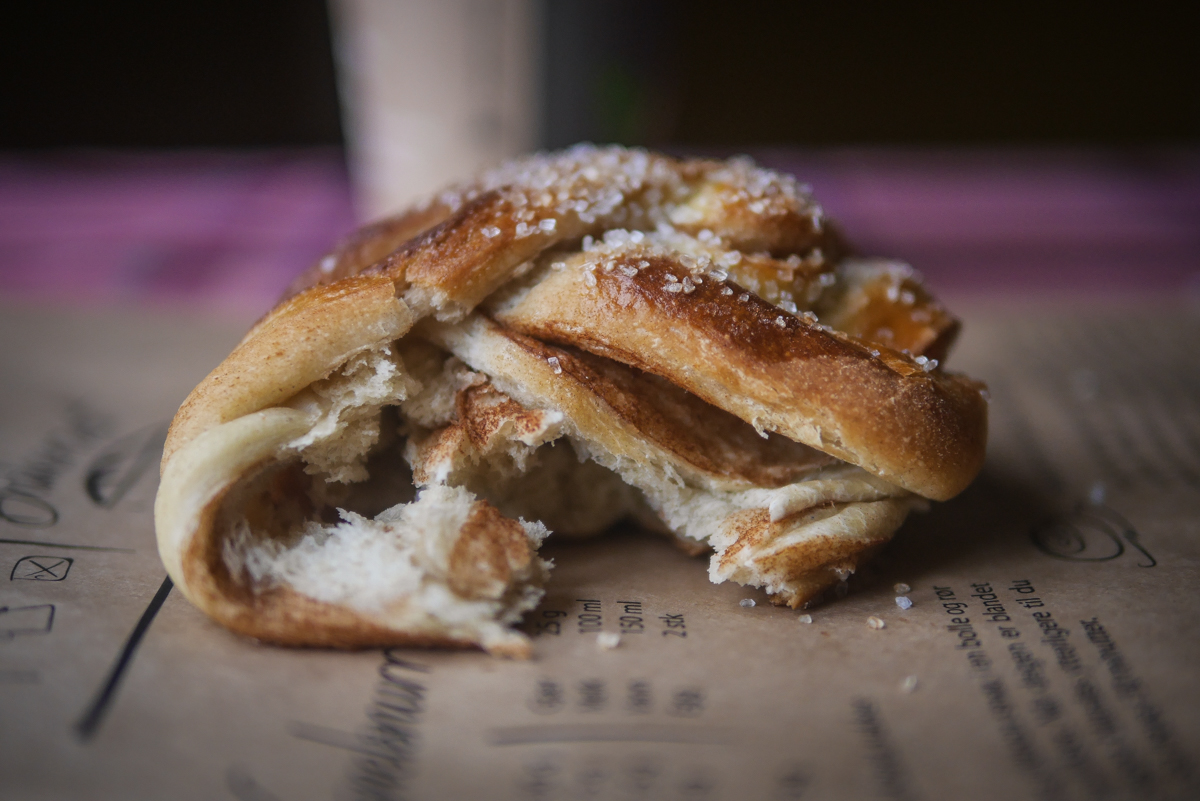Norway, September 2016
Bread, this is Capital!
n a nomadic life, as well as in a sedentary one, in every place of the world since cereal is cultivated, bread in all forms constitutes a basic of human alimentation. May it be in short supply, or run out, revolutions happen…
During this adventure, for each country, the discovery and adoption of breads, pancakes, brioche and local street food specialties have been a true substance of exploration for me, from which I get energy, as well as gustative and cultural pleasure. From the Turkish simit to the Finnish karjalan piiraka, from the Polish obwarzanek to the Greek koulouri, from the Baltic rye and drak breads to the Spanish empanadas, the Balkans burek, the Moroccan harcha, the Apfelstrudel from Dalmatia, it’s a direct and simple way of living as the locals do, through a rudimentary habit.
The examination of what we ingest should be one of the base of our emancipation from the injonctions of agro-alimentary and distribution giants. The making, or the buying, and then the eating of one’s bread, humble pittance or luxury good, is an act that seem harmless, but that makes one at once a citizen practicing his free political will.
=> Since I arrive in the Lofoten Islands, and that it harbours an old bakery with a stone oven from 1844, in the very tiny hamlet of Å, I’m suggesting that we go there, and make an objective of tasting their bread!
RDV in a few days for news about the bakehouse:)
ission accomplished, since on tursday I’ve kicked through Å (say O), at the extreme south of the Lofoten, and that I’ve visited the 19th century bakery, where baking is made with the wood fire in the historical stone oven. Bread and buns are pulled out of it every morning with metronomy at 9, after a night of preparation. I tasted, in exchange of 30 NOK, the flagship product, the Kanelsnurr (cinnamon bun, you’ll find the recipe in the picture!), which deserves indeed its reputation.
The village, traditionally a cod fishing harbour, has become a touristic must see, and it shows. It illustrates perfectly well how the form of a tiny microcosm can be intentionally sustained, whilst its organic economy is being totally rearranged. Something which seems by the way an exploit, supposing that architecture was fundamentally the expression of function and culture. Thus, perhaps our age is that of a grand illusion, when form does not conceal the function it supported anymore, but when form shelters the concatenation of historical functions, from which the first look of the tourist flushed with the more realistic than nature trompe l’oeil meant to loosen his purse could not distinguish what function exactly is current. But should one refuse to open a magnificent shell, at the risk of finding an oily machinery holding it in its very appearance?
That is the stimulating issue of tourism mechanisms and effects, in very wealthy countries such as Norway, as well as in countries suffering from and sinking in the logics of a liberal market economy, after they have generally endured planned economy, or any authoritarian regime.
Here too is exposed, in a subtle dialectic, the shadows that hover over our epoch. One, of a temporal type, is the difficulty to think and situate oneself in a history and a common future of the human adventure that would make sense, an obvious thing in the solution that consist of a systematic preservation and sacralisation (what puts things away from the secular use) of the former and the traditions of limited systems, with the mean of an economic apparatus of which unlimited growth and reproduction are the ultimate goal. The other one being, in doing so (with mass tourism and the leveling of world wide landscaping projects, constructions, with anything optimizing the infinite circulation of people and coins), the degradation and simplification of the environment, of the milieu, which is at the same time what preexist us with its laws and burgeoning conditions (the burgeon contains the whole flower in the making), and what we never cease to modify with our laws and artefacts (our atomic mushrooms potentially contain the destruction of all flowers), and so on. The more capitalism is expanding in its infinite growth reason (even in the disguise of a green or moral metamorphosis -or socialist mood as in Norway- good to keep teasing its slaves with the illusory desire for having rather than being, whilst clearing them of remorses), the more it reconfigures effectively the ultimate ground on which it precisely rests, nothing else than the materiality and the variety of the agencies of that world. Now, it’s hard to deny throughout a long journey, that it does so towards a certain impoverishment, a loss of diversity.
When everything ends up being the same, the living vanishes. Thus should one better apply to the learning of a knew science of being (not of the apparent wish of having) that could be qualified, after anthropology, as an entropology (from entropia = transformation, tour), and from which the principle would go against that biological annihilation, just like a dough when it rises and heats up is unfurling, rather than diminishing, all the range of its potentialities.
